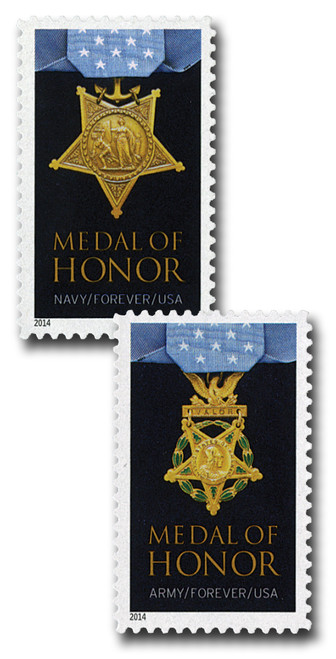
# 4822a - 2014 First-Class Forever Stamp - The Medal of Honor: Korean War - Navy
U.S. # 4822a
2014 47¢: Navy
Medal of Honor: Korean War
The Navy Medal Of Honor
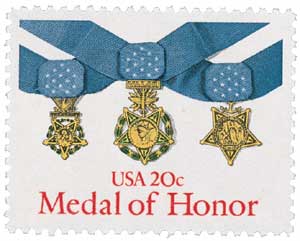
On December 21, 1861, President Abraham Lincoln approved the Navy’s Medal of Honor, the first authorized Medal of Honor in the United States.
Other awards had existed before this, including George Washington’s 1782 Badge for Military Merit. By the 1850s, soldiers could earn a Certificate of Merit, but that wasn’t a medal. When the Civil War started, the US didn’t have a medal for their servicemen on par with those offered by England (Victoria Cross) and France (Legion of Honor).

US Army Lieutenant Colonel Edward D. Townsend sought to remedy that. He suggested to Commanding General of the US Army, Winfield Scott, to introduce a medal for individual valor. Scott refused the proposal, believing it was too similar to European traditions. After Scott retired in October 1861, Secretary of the Navy Gideon Welles supported the idea of the medal and pushed for its creation.
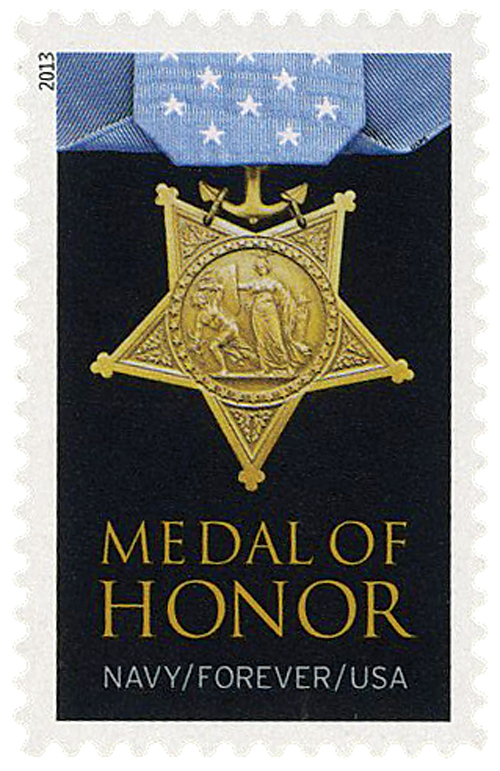
On December 9, 1861, Iowa Senator James W. Grimes took the idea to the Senate to “promote the efficiency of the Navy” after the general retired. It was thought that the Navy in particular would benefit from the creation of a medal. They desperately needed new enlistments, and the prospect of a medal might encourage some brave young men to join.
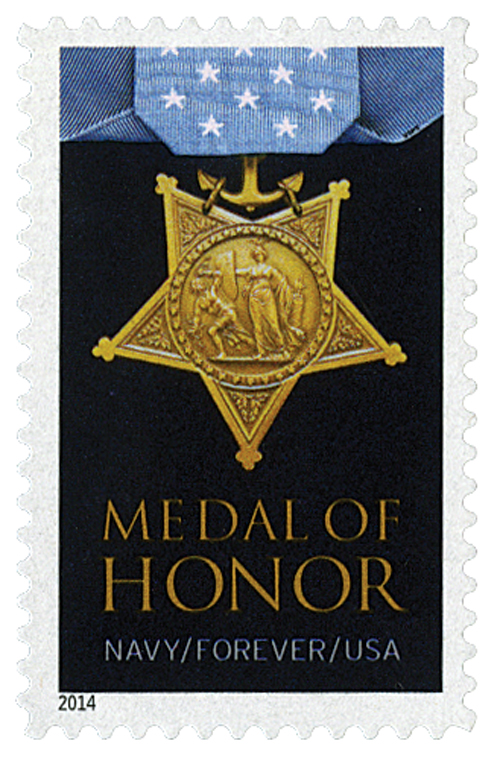
The bill passed successfully and President Abraham Lincoln signed it on December 21, 1861. The bill allowed for the creation of 200 Medals of Valor “which shall be bestowed upon such petty officers, seamen, landsmen and marines as shall distinguish themselves by their gallantry in action and other seamanlike qualities during the present war (Civil War).”
Two months later, a new resolution was introduced calling for a Medal of Honor for the Army. It was approved and signed into law on July 12, 1862. Four days later, a new act was created for the Navy that enabled sailors to earn the Medal of Honor for acts performed “in the line of his profession,” and not just in combat. The medals created under this act featured a five-pointed star picturing Minerva, the Roman goddess of victory, in triumph over Discord. The scene represented the Union’s effort to defeat the Confederacy.
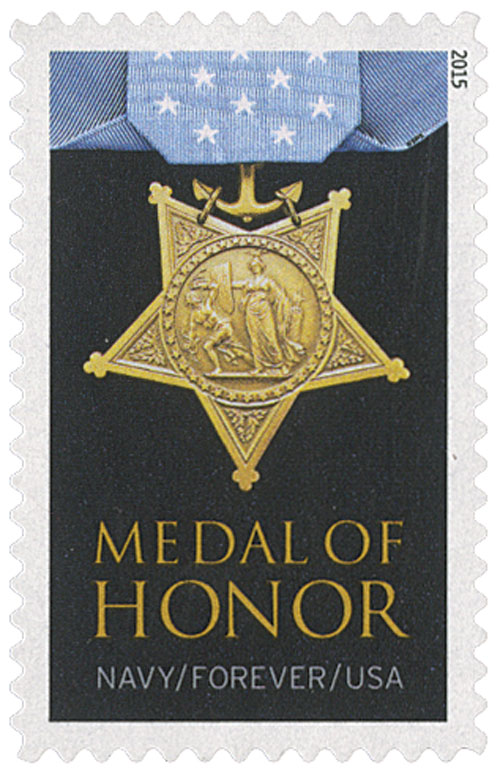
One of the earliest acts to earn the Navy’s Medal of Honor came on June 27, 1861, several months before the medal was officially established. On that day, John Williams, captain of the Pawnee, displayed extraordinary bravery during the fighting at Mathias Point, Virginia. Peter Williams received one of the first medals for exemplary service after the medal’s creation. He steered the USS Monitor to safety in March 1862 following the famed first battle of the ironclads, the Battle of Hampton Roads.
In the years after the Civil War, the Navy Medal of Honor was given for a wide range of actions. Because it was the service’s only award, it had to cover a large number sacrifices, which some felt diminished its importance. A major change came following World War I. On February 4, 1919, Congress passed a new act that stated the Medal of Honor was strictly to be awarded for bravery “in action involving actual conflict with the enemy.” The same act also created several other medals for sailors whose deeds didn’t meet the new high standards of the Medal of Honor.
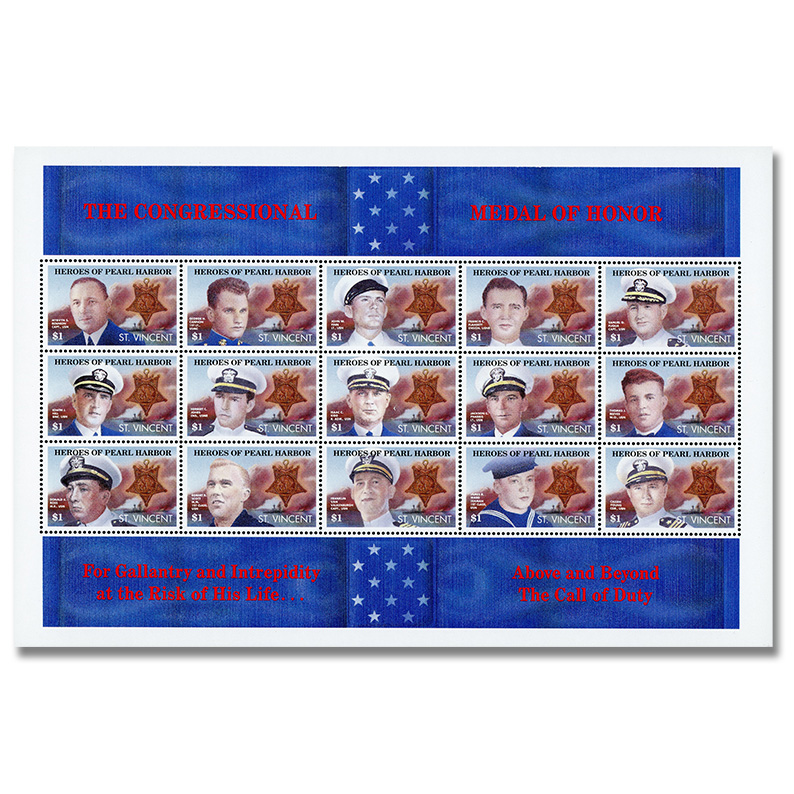
However, two versions of the Medal of Honor were awarded in the years to come. One was the traditional medal for gallantry whether or not in combat. And the other was the Tiffany Cross (so-called because it was designed by Tiffany and Company), which was solely awarded for combat deeds. In the 1940s, the Tiffany Cross was retired and the Navy only bestowed the Medal of Honor for heroic acts committed during combat.
U.S. # 4822a
2014 47¢: Navy
Medal of Honor: Korean War
The Navy Medal Of Honor

On December 21, 1861, President Abraham Lincoln approved the Navy’s Medal of Honor, the first authorized Medal of Honor in the United States.
Other awards had existed before this, including George Washington’s 1782 Badge for Military Merit. By the 1850s, soldiers could earn a Certificate of Merit, but that wasn’t a medal. When the Civil War started, the US didn’t have a medal for their servicemen on par with those offered by England (Victoria Cross) and France (Legion of Honor).

US Army Lieutenant Colonel Edward D. Townsend sought to remedy that. He suggested to Commanding General of the US Army, Winfield Scott, to introduce a medal for individual valor. Scott refused the proposal, believing it was too similar to European traditions. After Scott retired in October 1861, Secretary of the Navy Gideon Welles supported the idea of the medal and pushed for its creation.

On December 9, 1861, Iowa Senator James W. Grimes took the idea to the Senate to “promote the efficiency of the Navy” after the general retired. It was thought that the Navy in particular would benefit from the creation of a medal. They desperately needed new enlistments, and the prospect of a medal might encourage some brave young men to join.

The bill passed successfully and President Abraham Lincoln signed it on December 21, 1861. The bill allowed for the creation of 200 Medals of Valor “which shall be bestowed upon such petty officers, seamen, landsmen and marines as shall distinguish themselves by their gallantry in action and other seamanlike qualities during the present war (Civil War).”
Two months later, a new resolution was introduced calling for a Medal of Honor for the Army. It was approved and signed into law on July 12, 1862. Four days later, a new act was created for the Navy that enabled sailors to earn the Medal of Honor for acts performed “in the line of his profession,” and not just in combat. The medals created under this act featured a five-pointed star picturing Minerva, the Roman goddess of victory, in triumph over Discord. The scene represented the Union’s effort to defeat the Confederacy.

One of the earliest acts to earn the Navy’s Medal of Honor came on June 27, 1861, several months before the medal was officially established. On that day, John Williams, captain of the Pawnee, displayed extraordinary bravery during the fighting at Mathias Point, Virginia. Peter Williams received one of the first medals for exemplary service after the medal’s creation. He steered the USS Monitor to safety in March 1862 following the famed first battle of the ironclads, the Battle of Hampton Roads.
In the years after the Civil War, the Navy Medal of Honor was given for a wide range of actions. Because it was the service’s only award, it had to cover a large number sacrifices, which some felt diminished its importance. A major change came following World War I. On February 4, 1919, Congress passed a new act that stated the Medal of Honor was strictly to be awarded for bravery “in action involving actual conflict with the enemy.” The same act also created several other medals for sailors whose deeds didn’t meet the new high standards of the Medal of Honor.

However, two versions of the Medal of Honor were awarded in the years to come. One was the traditional medal for gallantry whether or not in combat. And the other was the Tiffany Cross (so-called because it was designed by Tiffany and Company), which was solely awarded for combat deeds. In the 1940s, the Tiffany Cross was retired and the Navy only bestowed the Medal of Honor for heroic acts committed during combat.





